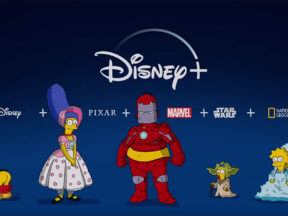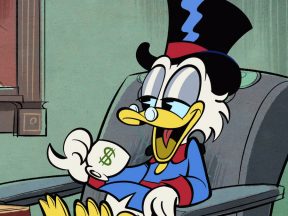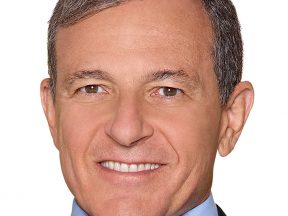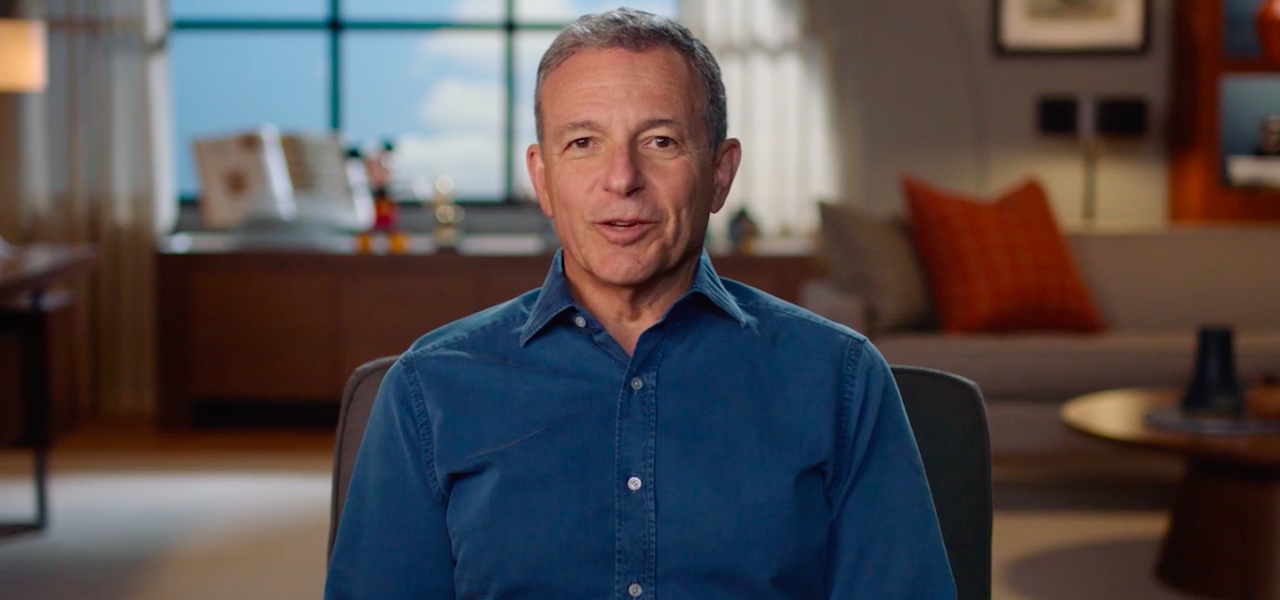
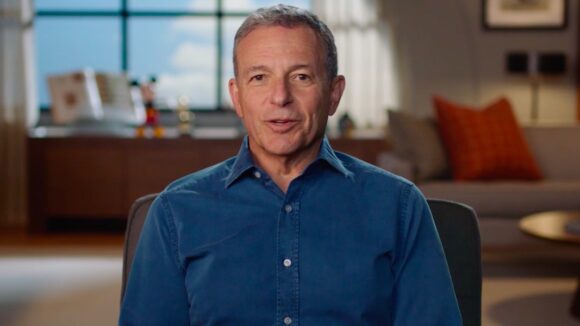
As Disney Businesses Crumble During Coronavirus Pandemic, Former CEO Bob Iger Won’t Let It Go
In February, Bob Iger stepped down as The Walt Disney Company’s CEO, nearly two years ahead of schedule. His legacy seemed secure: in his 15-year tenure, he had steered the company to undisputed box office domination, while successfully overseeing its pivot to streaming. But the suddenness of his departure left an odd aftertaste.
Since then, things have only got stranger in Burbank. A new profile by The New York Times’s Ben Smith claims that Iger has quietly taken back the reins. The ostensible reason is the coronavirus, which has hit Disney hard. Its theme parks, cruise ships, and stores have shut; its theatrical releases have been delayed; its sports channel ESPN has no sports to show. The article implies that Iger, with all his experience, is better placed to steer the company through the crisis than his nominal successor as CEO, Bob Chapek.
Smith’s article features interviews with Iger and several industry insiders, yet it ends up raising more questions than it answers. There hasn’t been this much palace intrigue at the Disney Company since Roy E. Disney’s “Save Disney” campaign in the mid-2000s. Here are six takeaways from the piece:
- Iger said he is “actively helping” Chapek and Disney. After stepping down as CEO, he assumed the role of executive chairman, in which capacity he was supposed to “direct the company’s creative endeavors.” But he all but told Smith that the coronavirus has prompted him to do more: “A crisis of this magnitude, and its impact on Disney, would necessarily result in my actively helping Bob [Chapek] and the company contend with it, particularly since I ran the company for 15 years!”
- He also claimed that his initial departure was unrelated to the coronavirus. After his hasty departure, which came just ahead of the virus’s arrival in the U.S., rumors abounded that Iger had foreseen the crisis and got out just in time. He denied this to Smith: “No surprises… nothing hidden… nothing different or odd to speculate about…”
- Iger spoke to the NYT, but Chapek did not. There are two ways to interpret this. Either Iger is speaking to media on behalf of Disney, in which case he’s assuming a role typically performed by CEOs, or he’s commenting in a personal capacity. If this is true, we have yet to hear an official statement from Disney on who is running things. For such a large company, this ambiguity about leadership is unusual indeed.
- Bob Chapek may not be Disney CEO for long. The article intimates strongly that Chapek won’t last long in the role, and suggests that he’ll have two years to prove himself as CEO. Why two years? Because Iger’s tenure as executive chairman ends on December 31, 2021, and he’s still making the calls until that time. Meanwhile, two Disney executives who were widely considered to be contenders for the CEO role — Kevin Mayer (chairman of direct-to-consumer and international) and Peter Rice (chairman, Walt Disney Television and co-chair, Disney Media Networks) — have stayed with the company, seemingly waiting in the wings for their chance to take over.
- The mood at Disney is “dire,” one individual who has done projects with the company told The New York Times. “They’re covering the mirrors and ripping clothes.” The article puts some numbers to Disney’s current woes: at least 73,000 employees have been or will be furloughed, and the company may be losing $30 million or more every day.
- Iger told associates he wants to “permanently change” how Disney operates after the crisis has passed. Smith lists some of the changes sources have told him Iger is looking at implementing: less office space, fewer employees, and putting an end to “old-school television practices like advertising upfronts and producing pilots for programs that may never air.” Iger told Smith that he has “no recollection” of talking about shrinking the workforce.
Ultimately, we can draw two conclusions from all this intrigue. One: Disney is going through a rough patch. Two: Iger isn’t leaving quietly.

.png)

